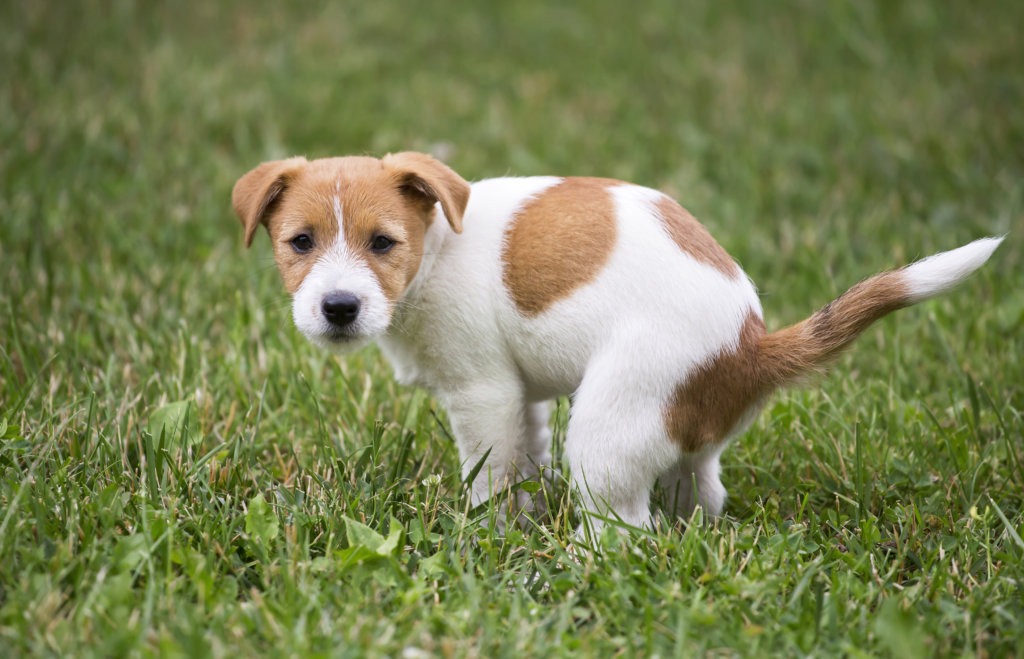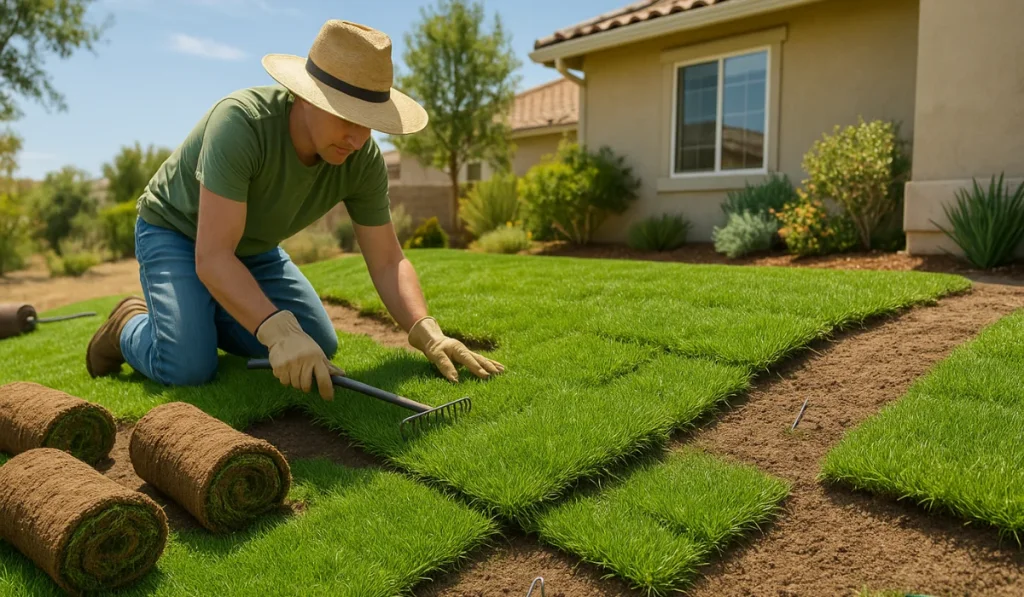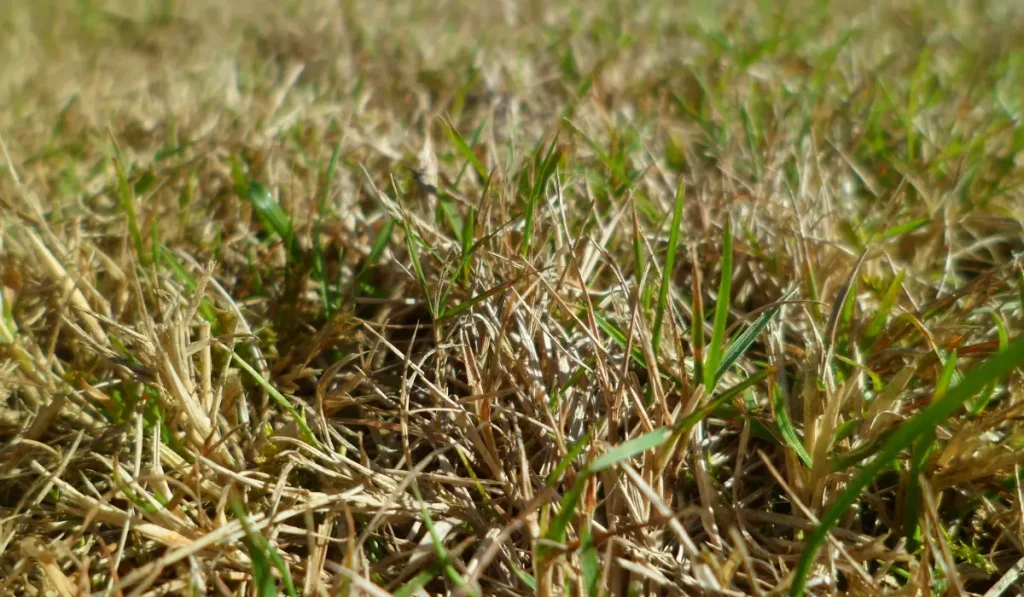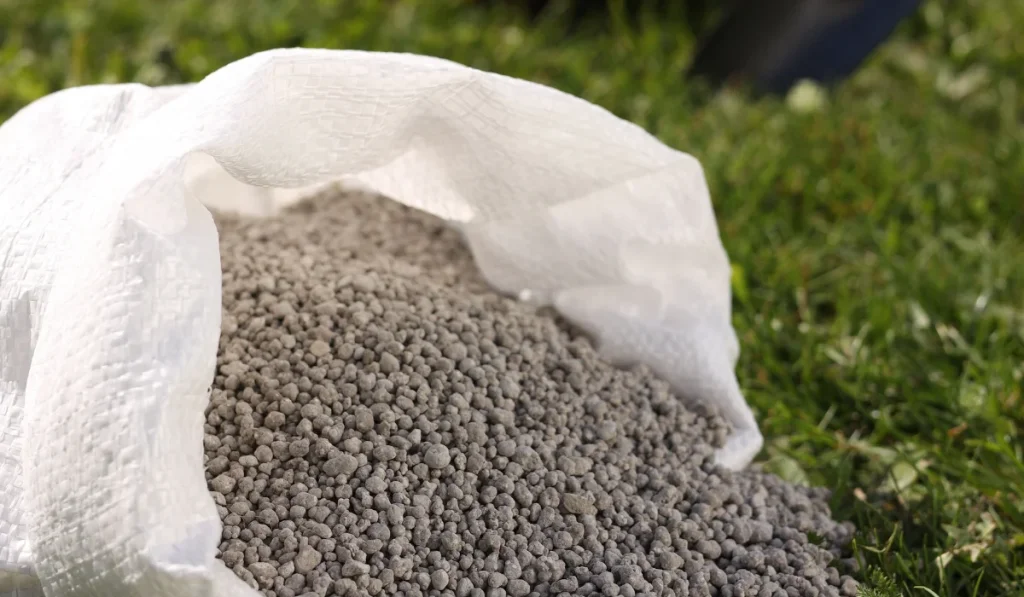As much as we might love our four-legged friends, there’s no doubt that dogs can do a number on a lawn. The most common type of dog-related lawn damage is lawn burn, a condition caused by the high nitrogen content in dog urine. Lawn burn is easy to spot – it’s typically found in small white circles in the spots where your dog urinates.
Before you treat for lawn burn, it’s important to make sure that your dog is the root of the problem and not something else like a grub infestation. Test for lawn burn by pulling at the grass in the affected areas. If it comes right up by the roots, chances are you have a grub problem on your hands. If the roots remain intact, your dog is the culprit.
Once you’ve confirmed that your dog is causing lawn burns, there are a few steps you can take to remedy the issue. You can start by ensuring your dog has access to quality, high-protein diet. A high-protein diet will reduce the nitrogen content in their urine, and consequently reduce the risk of lawn burn. Make sure your dog drinks plenty of water as well. This will dilute their urine and reduce its nitrogen concentration.
Heavily fertilized lawns are also more likely to suffer from lawn burn. This is because nitrogen is a key ingredient in fertilizers. While a little nitrogen is good for grasses, too much can cause burns. Likewise, the added nitrogen in dog urine can be enough to damage lawns that have been freshly fertilized. If your lawn doesn’t need extra fertilizer, hold off until next season.
Some grasses are also more resistant to urine damage than others. Fescues and perennial ryegrasses tend to be particularly urine-resistant, while Kentucky bluegrass and Bermuda grasses are more likely to suffer from lawn burn.
In a healthy lawn, isolated burned areas should recover gradually over time. For more extensive burns, you can repair the damage by patching it with fresh sod. This is an easy fix that can get rid of lawn burns in no time. Just be sure to water the fresh sod regularly and avoid walking on it until it has taken root in your yard.
Need a hand finding durable, dog-resistant grasses for your lawn? Browse our sod varieties online or give us a call today to learn more!



